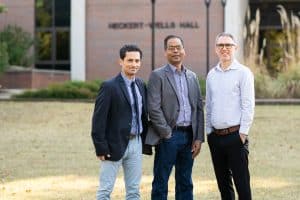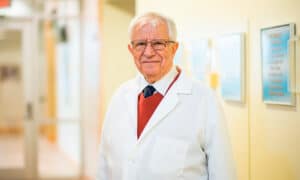Three faculty in the Pittsburg State University Chemistry Department have been recognized on the World’s Top 2% of Scientists list produced by Stanford/Elsevier: Professor Ram Gupta, Assistant Professor Mazeyar Parvinzadeh Gashti, and Assistant Professor Alessandro F. Martins.
The ranking is produced annually and takes into account the scientific achievements of researchers in a broad range of fields. The annual list draws from a variety of metrics and serves as a powerful tool for identifying global scientific leaders.
“This is an extremely prestigious honor, recognizing the immense effort of these three faculty and their impact on their fields,” said Biology/Chemistry Chair Christine Brodsky.
All three conduct their research while mentoring students at the National Institute of Materials Advancement on the campus of Pitt State.
Gupta: Sustainable energy and products
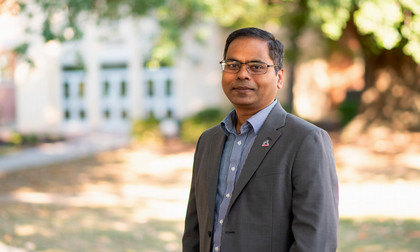
For Gupta, who also serves as the University’s Associate Vice President for Research and Support, it is the second time to have been named to the list.
“Being recognized once again fills me with gratitude for the continued support of my students, colleagues, and all those who have stood by me throughout this journey,” Gupta said. “Their encouragement has been a constant source of strength, allowing me to pursue my work with passion and determination.”
Gupta’s research has focused on sustainable energy, including converting coffee grounds into batteries, converting soybean biowaste into flame retardant foam, and other value-added applications that could positively impact the environment and the economy.
He has edited more than 50 books in the field of polymers and energy, and has helped Pitt State attract several million dollars in grants from the National Science Foundation, Department of Energy, and other agencies.
“This achievement motivates me to continue pushing boundaries, exploring new ideas, and seeking out innovative solutions,” said Gupta. “I am committed to applying my skills and knowledge to contribute to positive change, knowing that the work we do can have a lasting impact on both society and the environment.”
Gashti: Unique nanofibers and textile coatings
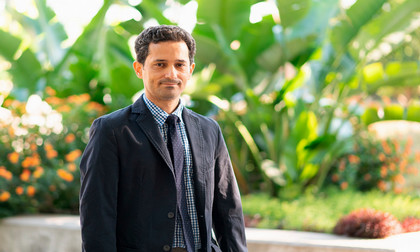
Gashti, a textile and polymer chemist, has 20 years industrial experience from research and development positions at numerous manufacturing companies in Canada and the U.S.
His research interests focus on fabrication on both functional nanofibers and advanced coatings for textiles.
“Pitt State is one of only three undergraduate programs in the U.S. with strong infrastructure for conducting research projects at undergraduate and graduate levels,” Gashti said. “I am pleased to have access to the National Institute for Materials Advancement. It’s a leading center in developing bio-based materials and energy-related plastics, polymers, and composites.”
Gashti is humbled and honored to be included on the list.
“I have been working hard for many years on various research projects to build this outstanding lifetime contribution to the field,” he said. “I am very thankful to my teachers and postdoc supervisors from the University of Bern (Switzerland), Laval University and McGill University (Canada).”
Martins: Health, the environment, and agriculture
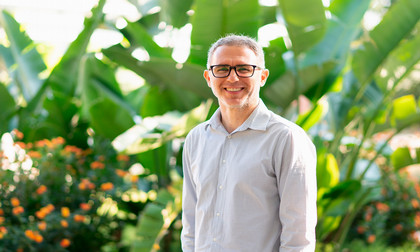
Martins develops advanced materials to tackle challenges. His hydrogels project seeks to capture harmful pollutants in water and remove them. His superabsorbent hydrogels are aimed at helping farmers keep soils moist.
The goal of his nanohydrogels project is to help cancer patients – they carry and protect medicines inside the body, releasing them slowly and effectively. And, he has been engineering super-thin coatings for medical implants used in the body, like those used in bones or blood vessels, that help prevent bacterial infections and reduce the chance of blood clots.
He also is designing biodegradable plastic packaging that breaks down naturally.
“I am very excited about the polymer chemistry program and NIMA. We have excellent facilities to conduct applied research and build a better world,” he said. “I feel honored and happy, while also feeling even more committed to research activities and the development of human resources. This achievement is the result of many collaborations and the dedication of students who certainly played a significant role.”

